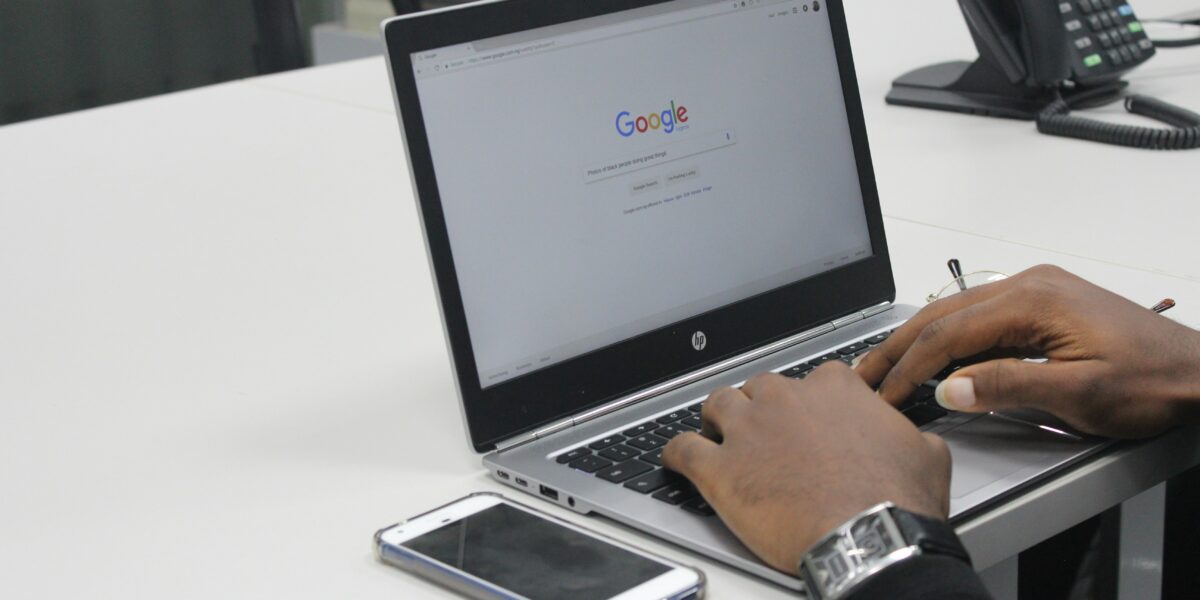Google I/O is underway, and AI is everywhere. Most of the announcements were geared toward developers and tech enthusiasts, but marketers? We should be paying close attention too.
Here’s what they rolled out and what it means for how we plan, create, and optimize campaigns moving forward.
1. Search is changing. Again.
Google rolled out “AI Overviews” in search. These are summaries generated by Gemini, Google’s latest AI model, and they show up right at the top of results. Instead of scrolling through a list of links, some users will now get a full answer immediately.
What this means for marketers: Organic traffic strategies may need a shakeup. If AI is answering people’s questions upfront, we need to focus more on brand visibility, conversion-ready content, and pages that are worth engaging with beyond a quick search result.
2. Project Astra: AI that watches, listens, and remembers
Google previewed Project Astra, which looks a lot like a supercharged assistant. It can see through your camera, understand what’s happening in real time, and even remember past context. It’s like having an AI that doesn’t just respond — it anticipates.
Why it matters: People won’t just be typing into a search bar. They’ll be talking, scanning, and interacting in new ways. As those habits shift, the way we design content and experiences will have to follow.
3. Creative tools are getting supercharged
Google introduced Veo, a new video generation model that can create cinematic-quality footage from a simple prompt. Combined with its image generator (Imagen 3) and AI built into Workspace tools like Docs and Slides, content creation is getting faster and more accessible.
What to take away: This is good news for marketers looking to speed up production. But faster doesn’t always mean better. The brands that win will still be the ones who use these tools with a clear strategy and a creative point of view.
What marketers should be watching for next
Google Marketing Live is expected to take all of this one step further. Look out for updates that directly tie AI into Google Ads and campaign performance — things like smarter ad placements, new creative formats, and tools that make campaign setup and optimization easier.
If you’re running paid media, working in SEO, or leading creative, here’s what to keep in mind:
-
Search behavior is evolving fast
-
AI will take on more of the “doing,” but humans still need to steer the thinking
-
Creative output is easier to generate, which makes originality even more important
AI isn’t on the horizon anymore. It’s already here, and Google is making sure it’s woven into every part of the customer journey.


